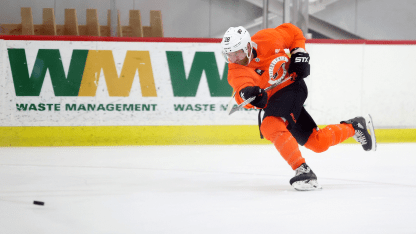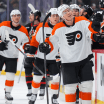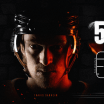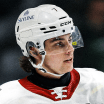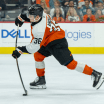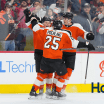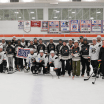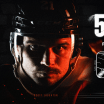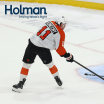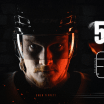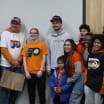"What I wanted was three lines in each group and six D in each group. I would say to you that come past Thursday or Friday, there will be some changes - two groups, but one with four lines and the other with two… and then both groups are going to meet so we get to the bulk of our practice where we have a 1-3 ratio… basically six groups of five players. We did this planning for the first three days so our guys would get more reps. We talked about the intensity that would be needed. [On Day 1]. we went around 55 minutes, today we went about 42 minutes but at a higher pace. So we sort of laid out what we want to do. They're getting more puck touches, smaller groups , smaller numbers, and then we're going to phase in to the other aspects of what we need to get into starting Friday. Long answer, but don't read too much into the lines or the D-pairs," Vigneault said.
